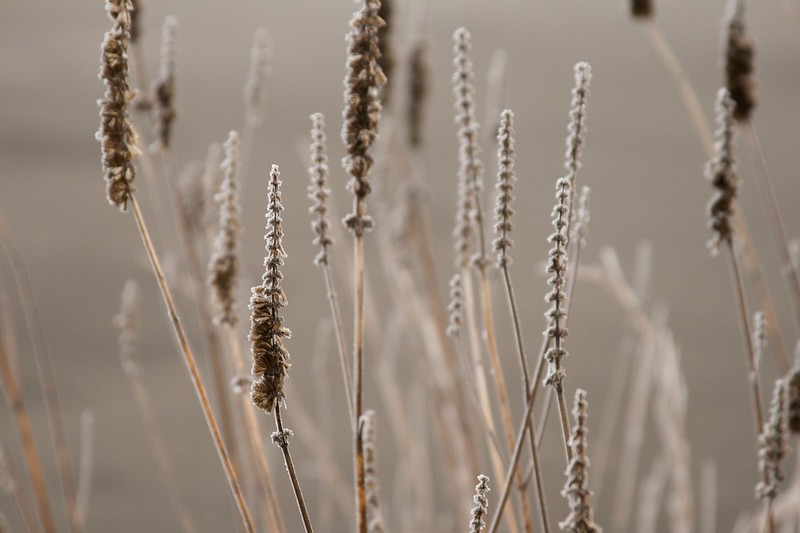Agastache is a hardy perennial that can be grown in a wide range of USDA growing zones. While most varieties of Hyssop are hardy in zones 5-9, a few types will survive winters in zones 3 and 4. Little maintenance is required for this herbaceous perennial during the winter, although a few basic gardening techniques will ensure it reappears for many springs in your garden.

Photo courtesy of Scott Weber
Protecting Agastache in Winter
Generally, the top growth of herbaceous perennials dies back completely and the root system goes dormant for the winter. Agastache requires excellent drainage, even while in a state of dormancy. Wet roots over the winter is the number one reason that Agastache fails. Mulching the root zone and crown of the plant with a loose, organic material helps to insulate the roots while allowing continued drainage. Finely shredded arborist chips, leaves, or shredded bark will all protect Agastache for the winter as well as enrich the soil when left to slowly decompose the following growing season.
Cutting Back Agastache For Winter
Like other mint family members, Agastache may remain semi-evergreen in zones 8 or 9 and will begin the new season's growth quite early in the spring compared to colder zones. In areas with regular snowfall, the top growth should be cut back in late fall. Cut the top growth to within 4-6 inches of the soil level. Add a layer of mulch over the crown to protect and insulate it from cold weather. Placing a stake near the plant helps mark the planting location, so you don’t disturb it during spring garden clean-up. The top growth can be left for non-migrating birds and other wildlife if you garden in a region with mild winter temperatures.
Agastache Winter Care in Pots
Container-grown Agastache should be placed in a sheltered location, out of the path of prevailing winds and winter storms. Lifting pots onto bricks or pot feet will help the pot drain all season. Do not let the pot sit for any time in water. Remove any saucers under the pots, so the pots are not sitting in standing water.
Watering Agastache in Winter
Rarely is supplemental watering needed for Agastache in winter. In climates with snow, the plants will be completely dormant until the soil warms in the spring. In zones 8 and 9, plants may require extra watering through the fall when the weather is warmer or drier than typical. Only water when temperatures are over 50 degrees Fahrenheit, and allow the soil to dry in between sessions. The same is true for container-grown Agastache, keeping in mind that pots will dry out faster and more thoroughly than a plant growing in the ground.
Growing Agastache Indoors
Herbaceous perennials rarely make good houseplants over the winter.The period of dormancy is important for Agastache to regain its vigor and remerge in the spring. In areas where Agastache is borderline hardy, potted plants can be stored in an unheated garage or shed for extra protection.
Steps To Care For Agastache in Winter
Taking care of Agastache over the winter is not difficult, even for the most inexperienced gardener. These low-maintenance perennials enter a period of dormancy in the fall, losing all of the current season’s top growth.
Step 1 - Cut back the top growth to 4-6 inches above the soil if you are planning on mulching the crown for the winter.
Step 2 - Leaf the seedheads and other top growth to encourage local wildlife into your garden during the winter months.
Step 3 - Mulch with 3-4 inches of loose, organic material such as shredded leaves, arborist chips, or fine bark over the root zone and plant crown.
Step 4 - Water only if there is an extended period of warm or dry weather. Only water when temperatures are above 50 degrees Fahrenheit.
Step 5 - Ensure that planters and garden beds drain well in winter to protect the roots from possible rotting or diseases.
 |
Author Robbin Small - Published 7-16-2023 |
